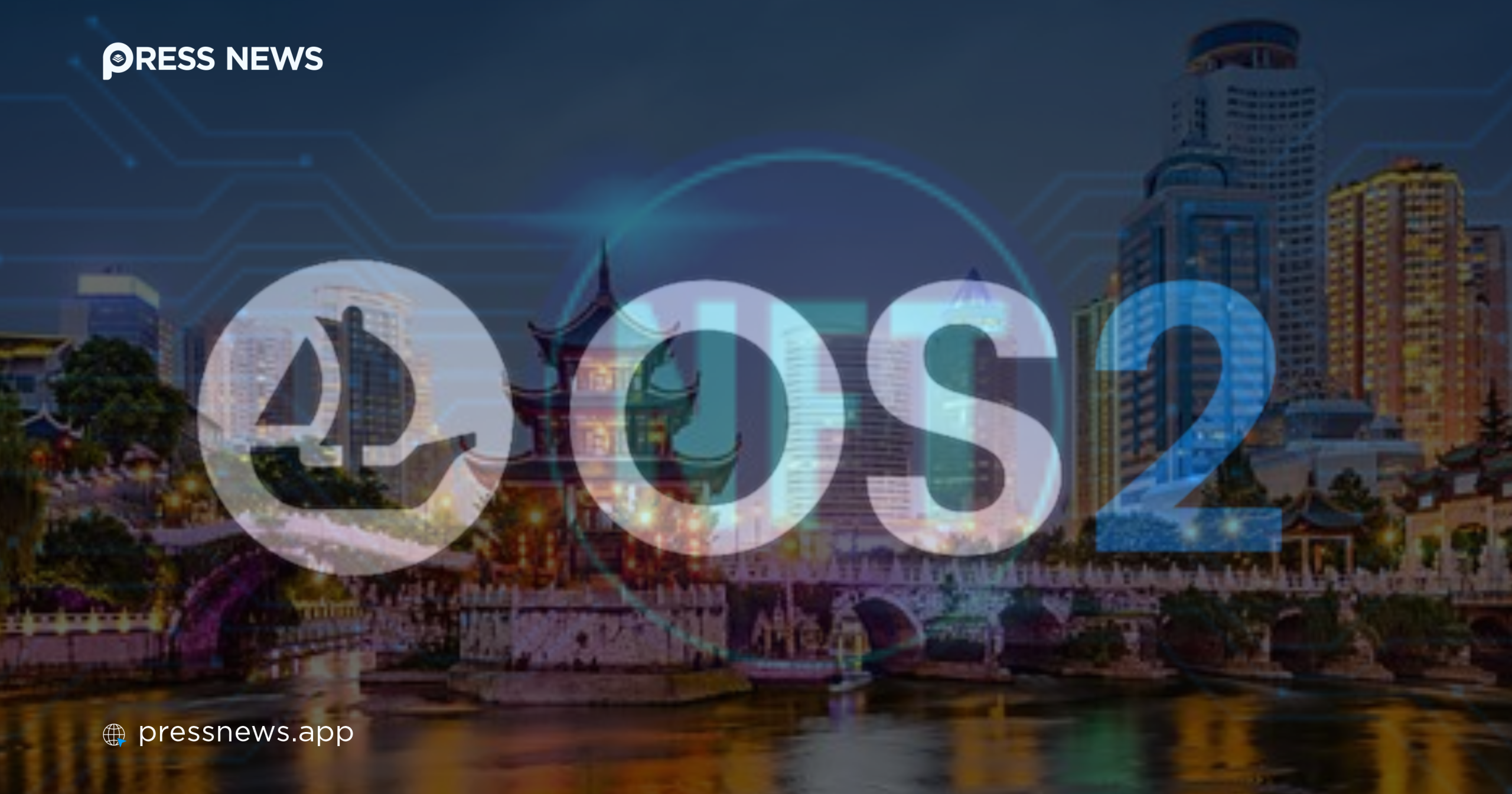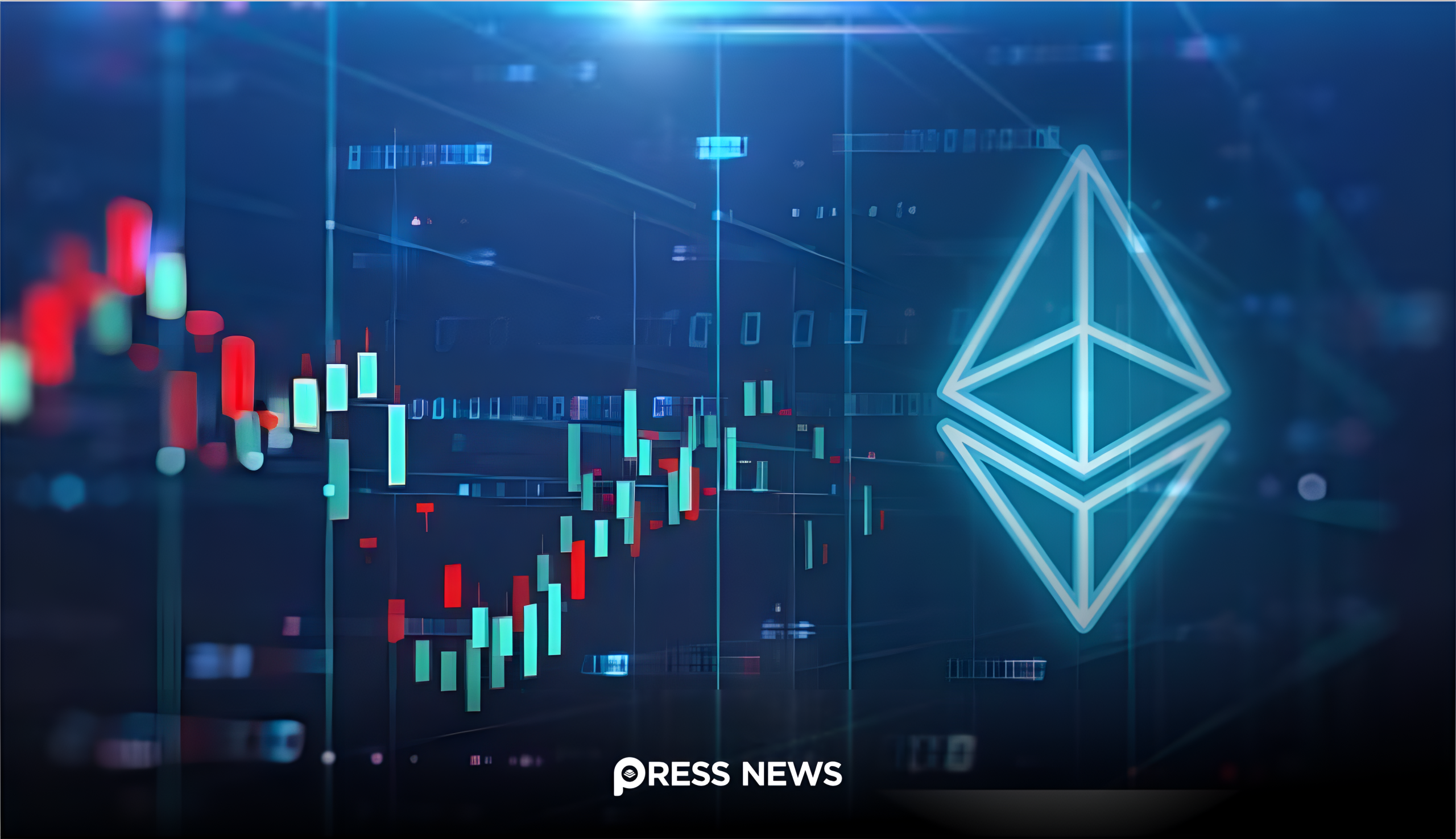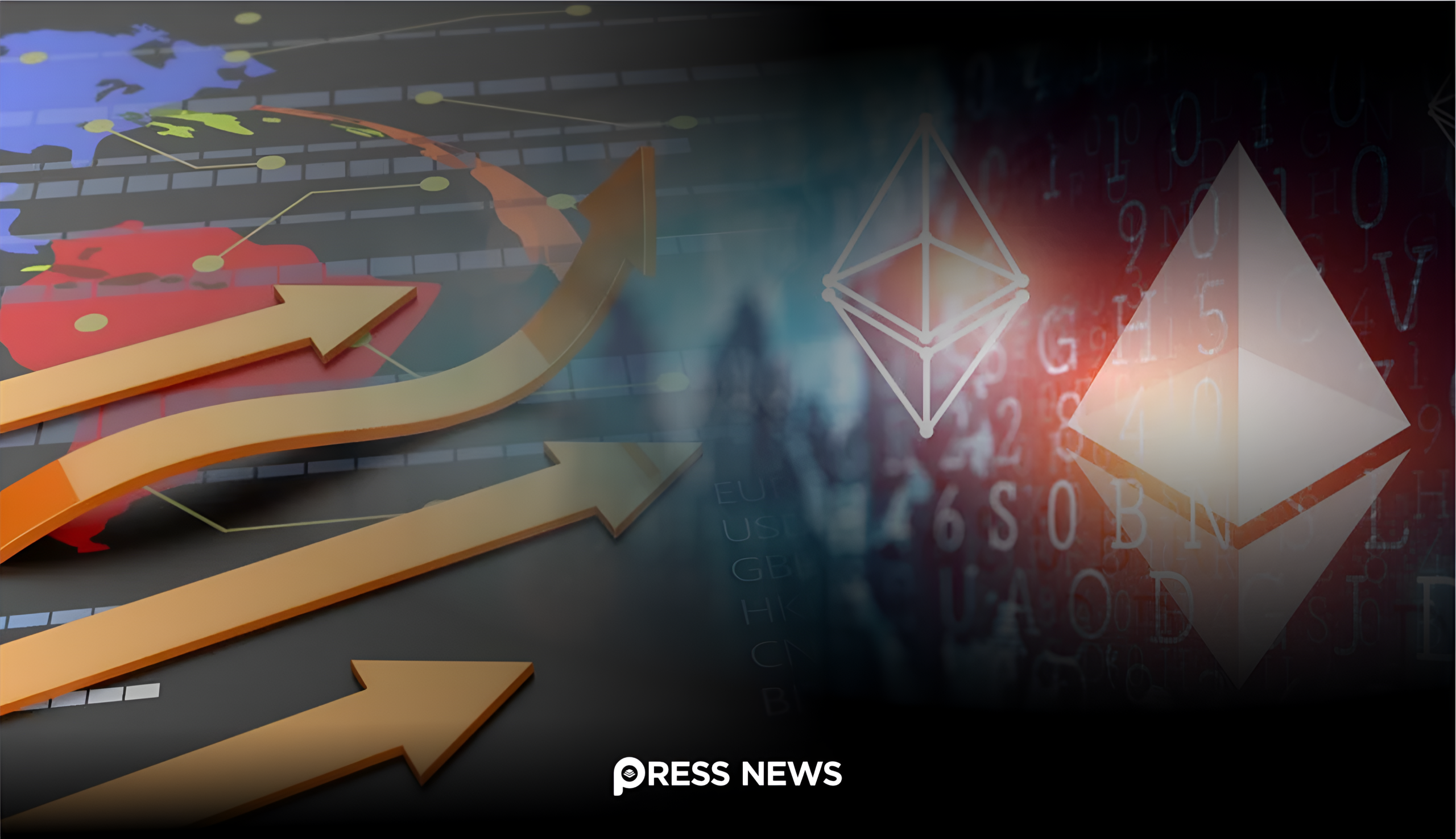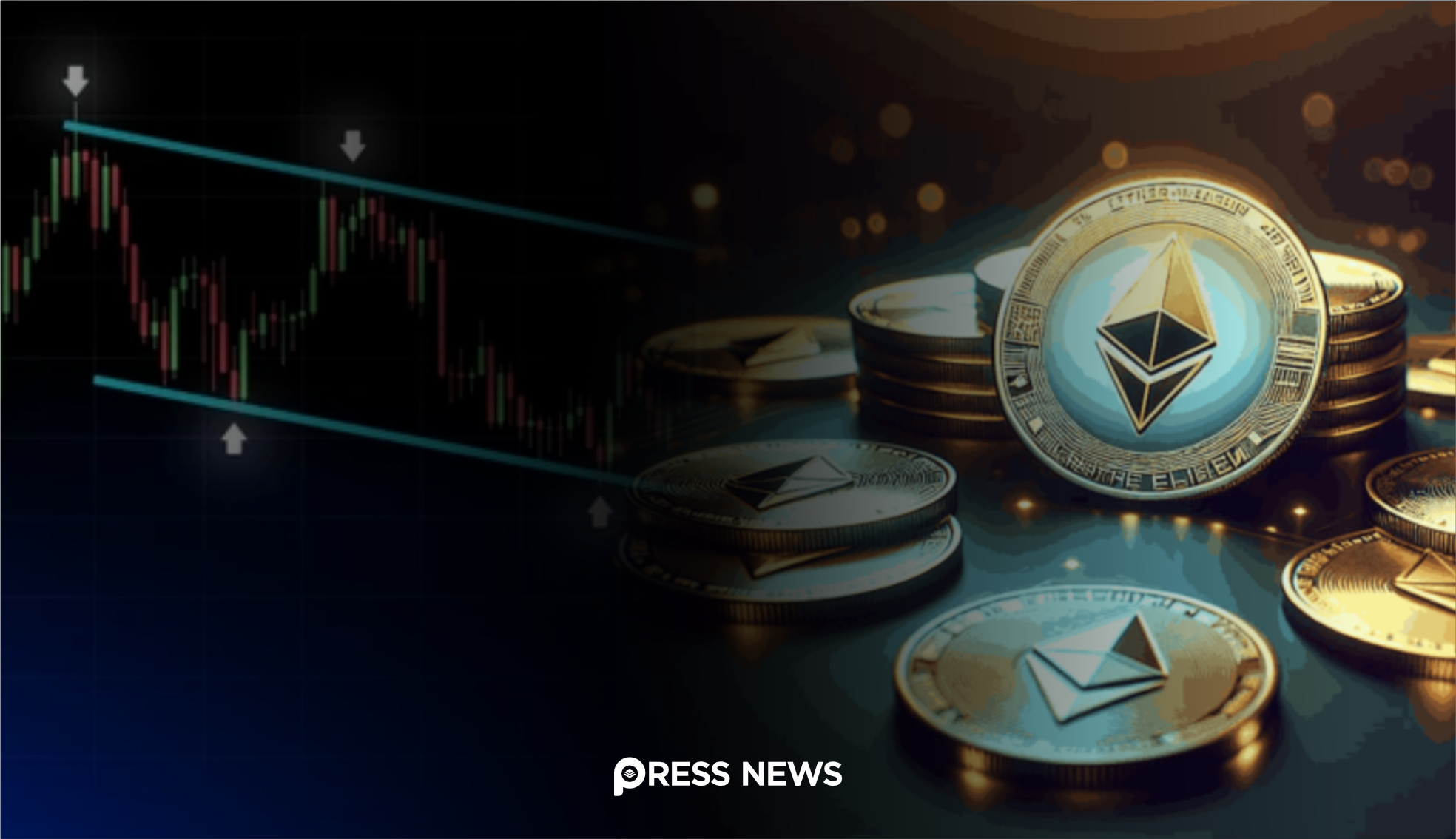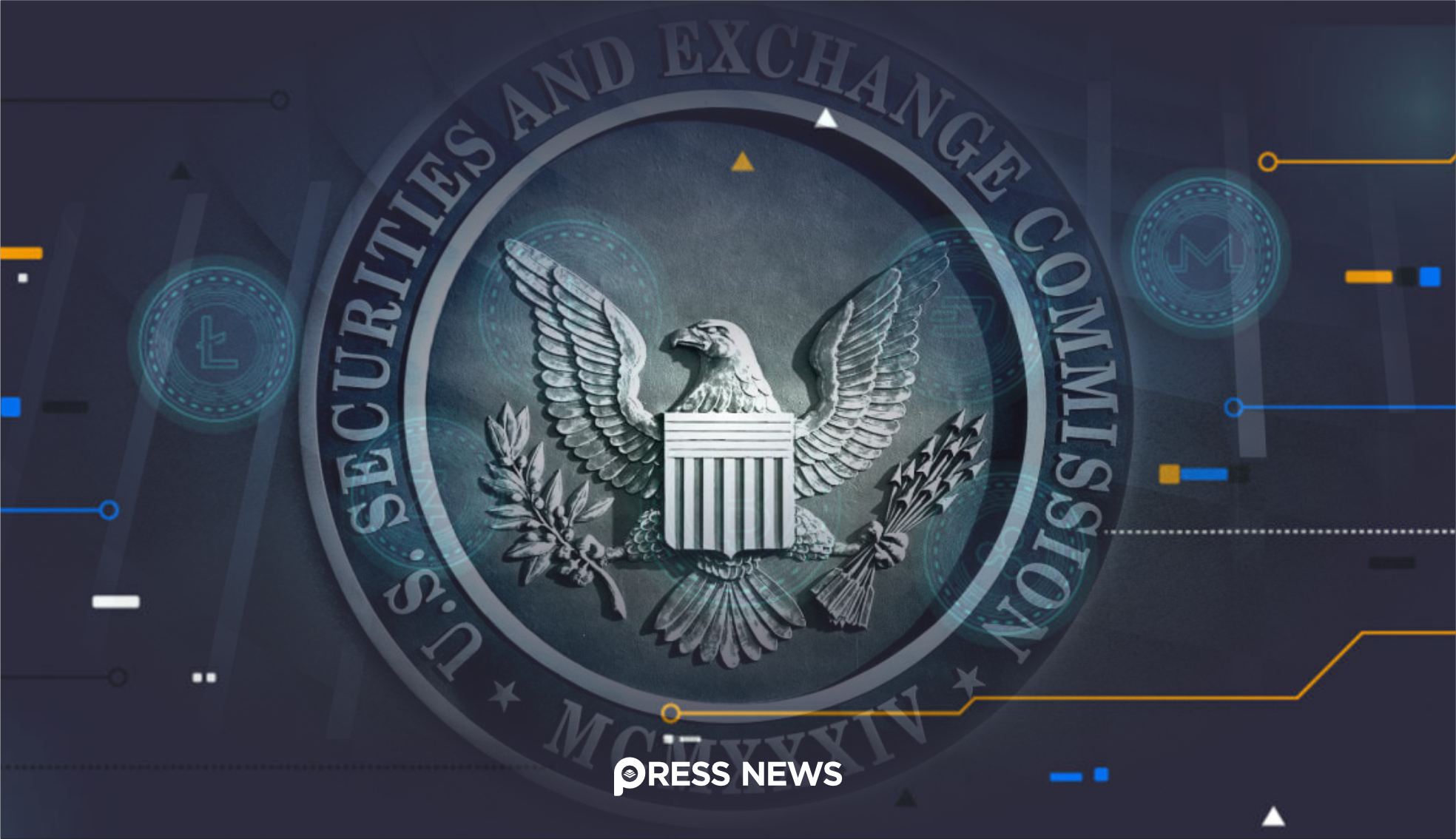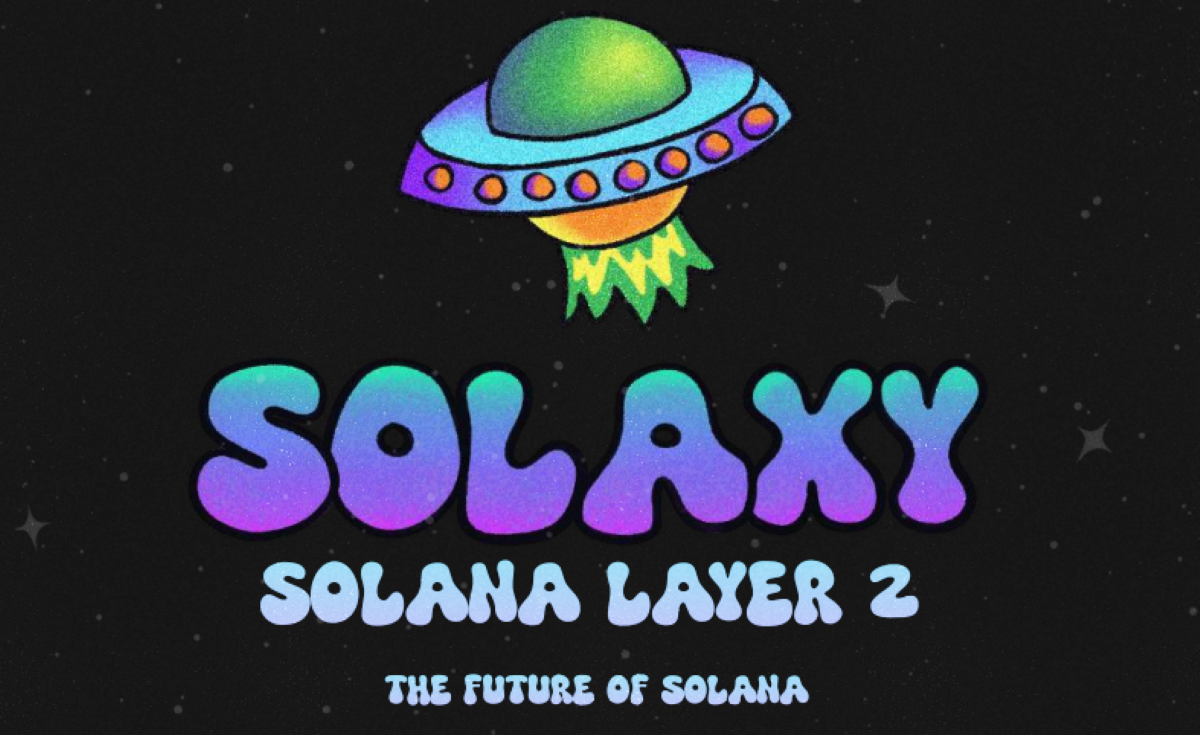Hedera Foundation Partners with The Binary Holdings to Onboard 169 Million+ Users
OpenSea, the world’s largest NFT marketplace, has officially launched its next-generation platform OS2, signaling a major shift in strategy as it expands beyond NFTs into broader blockchain-based asset trading. Following a successful beta period, OS2 is now live to all users, enabling seamless token activity across 14 blockchains, including the ability to trade fungible tokens and real-world assets (RWAs)—not just NFTs.
The release comes at a pivotal time. While NFT trading volumes remain below their 2021 peak, new user activity is rising, and OpenSea is clearly positioning itself as a cross-chain commerce hub that goes far beyond digital art.
“OS2 lets a collector mint an NFT on Solana, swap a gaming token on Ronin, and buy a memecoin freshly launched—all from a single wallet flow,” said Adam Hollander, Chief Marketing Officer at OpenSea, in a conversation with Cointelegraph. “Users were already juggling half a dozen dApps and bridges. We streamlined that experience.”
The platform’s new functionality includes integrated token trading for Solana-based assets, enhanced UI for cross-chain discovery, and tooling for projects launching utility tokens and game assets on networks like Arbitrum, Ronin, Base, and Polygon.
NFT Tourists Are Gone — But Loyal Collectors Are Growing
According to OpenSea, OS2’s launch coincides with a renewed uptick in unique user engagement. Weekly unique collectors are reportedly up 40% since January 2025, a sign that while speculative “NFT tourists” may have exited during the 2022–2023 market cooldown, long-term users and builders have remained.
“That tells us the tourists left, but the true users stayed,” Hollander explained. “And they’re participating across more chains than ever before.”
This echoes broader industry data: May 2025 saw 936,000 unique NFT buyers, a 50% increase over April, and marked the first month of rising NFT transaction volumes since late 2024. Notably, Polygon even surpassed Ethereum in weekly NFT sales, driven in part by the rise of real-world asset (RWA) tokenization platforms such as Courtyard.
“Once you can prove you own something onchain, entire industries open up,” Hollander added, pointing to sectors like collectibles, digital identity, and event ticketing as next frontiers.
Real-World Assets Drive NFT Utility and Volume
OpenSea’s expansion into cross-chain and fungible token territory is also a strategic move to capture value from new NFT use cases, particularly around real-world assets. For example, Courtyard, a platform that mints NFTs backed by physical trading cards, recorded over $20.7 million in weekly sales volume in April—outpacing many profile picture (PFP) NFT collections on Ethereum.
This surge has put projects with real-world relevance under the spotlight. From tokenized watches and sneakers to real estate deeds and luxury collectibles, platforms like OpenSea are racing to build infrastructure to support the next evolution of provable digital ownership.
“NFTs were never just about art,” said blockchain investor Lindsay Howard. “They’re becoming digital wrappers for anything of value—digital or physical.”
Profitability in NFTs Is Now a Matter of Utility
Though OpenSea remains the dominant player in NFT trading by market share, it has not been immune to criticism or competition. Rival platforms like Blur, Magic Eden, and LooksRare have grown by offering token incentives or lower fees.
Yet Hollander is unfazed, arguing that profitability in the NFT space now depends less on hype and more on utility.
“Profitability flows to businesses that keep adding real utility and options for users,” he said. “That’s why we remain the home for NFTs, but are now also investing in areas like token swaps, RWAs, and cross-chain liquidity.”
This shift echoes the broader Web3 narrative: users want simplified, integrated experiences where they can mint, trade, and manage both NFTs and tokens from a single interface. OS2 appears designed with this in mind, reducing reliance on bridges, wallet switching, and external dApps.
What OS2 Means for the Future of Onchain Markets
OpenSea’s evolution with OS2 may mark a broader turning point for NFT marketplaces. Rather than existing as isolated platforms for JPEG trades, marketplaces are now becoming general-purpose onchain exchanges, encompassing everything from digital collectibles to meme coins to real estate titles.
OS2 is not just a rebrand—it’s a technical and philosophical shift that reflects where blockchain applications are headed. According to OpenSea, additional support for token-gated communities, RWA minting tools, and dynamic NFT standards is already in development.
“The OS2 launch is just the beginning,” said Hollander. “We believe that every digital and physical asset with value should be liquid and discoverable onchain. That’s the world we’re building toward.”
As the NFT landscape matures, OpenSea’s decision to expand beyond non-fungible tokens could help redefine what a “marketplace” looks like in the onchain economy—and position it as a leader in a future where NFTs, tokens, and RWAs coexist seamlessly across chains.


 Press Labs Inc.
Press Labs Inc. 